|
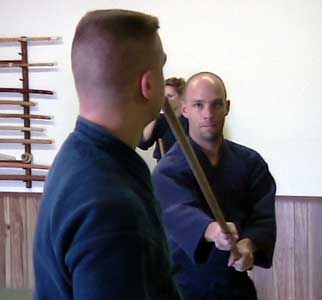 |
|
|
|
|
 |
|
|
|
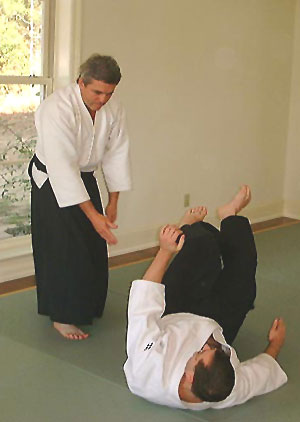 |
Translated literally, zanshin means “left over or remaining heart / spirit”. Some give it a loose definition of “combative awareness” or words of similar meaning. Modern sportsmen often talk about “putting on their game face” to intimidate their opponent(s). Some budo practitioners stare or glare at their opponent after a technique is finished and think that this is zanshin. Many gendai (modern) budo practices seem to not emphasize zanshin. I have seen lots of judo and aikido dojo where people show no understanding or concern for combative ma-ai (engagement distance) and turn their backs on their “partner”as they are getting up from ukemi thinking the technique is over now. Just what is zanshin and how do we get it? Zanshin is a quality that is made up of several other basic ingredients that are necessary for proper budo practice. Let’s take a look at what these fundamental elements are. |
|
|
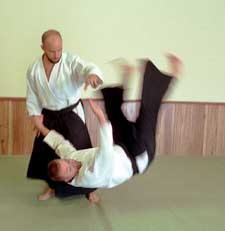 |
When we first begin practice, these elements are what we are
concentrating on and need to conciously monitor all of the time.
We always begin to imitate our seniors’ zanshin by keeping
good posture, watching and keeping eye contact with our partner
and making sure our distance is correct. Usually our posture
is too stiff and we add a somewhat “menacing” look
on our face to discourage any further attempts to attack us.
Of course we always overdo it and our “zanshin” takes
on an exaggerated dramatic air which is very noticeable to others.
But, even with these faults, it begins to work. Uke feels like
they have no chance to attack us again. At this point some new aspects of zanshin must enter into the picture. |
|
|
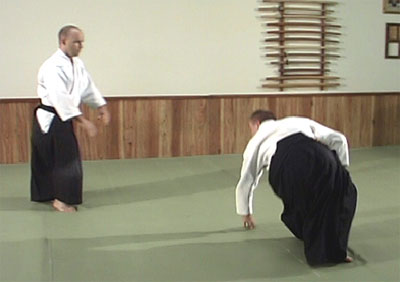 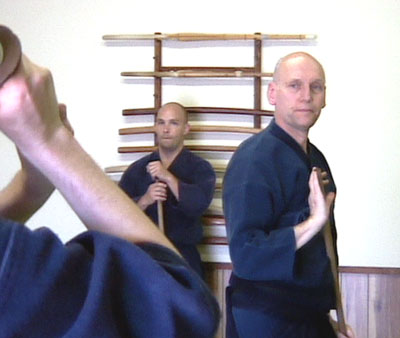 |
We must have kiai that is more focused. We must have an understanding of how the technique really works. The distance, our target, our hasuji (cutting line or power line of the structure), and timing make up this idea of riai. Kanken is developing and becoming stronger. After substantial practice and feedback from our seniors, we begin to relax and our posture/movement is better. We look like we’re “rooted into the mat and yet move easily. Our face is calm with no intent showing and our eyes are looking at the uke and beyond but not able to be “captured.” Our energy is focused and relaxed... seemingly capable of anything. The uke sees no openings (suki) in our posture and attention. We’re beginning to develop real zanshin. We are showing zanshin at other times in our practice now ... not just after we finish a technique. It feels really bad, even dangerous, to take our eyes off of uke too soon. We have an awareness that was not there before. We have a calmness that is there even during strong, intense action. It is often said that there is a quality of stillness in action and action in stillness. After some years of quality practice under a competent instructor and a good peer group to train with, our zanshin also becomes filled with other qualities. These qualities are subtle and difficult to describe. It’s easy to see in others but difficult to detect when we begin to show them. In fact, most of us “try” to develop these qualities of Fudoshin (immovable mind) and Muga mushin (no thought of self or actions) too hard and even take on mannerisms that we have associated with our teachers or seniors that we perceive to have these qualities way before we actually begin to have a hint of the real thing. Patience, practice, continuing contact with those who demonstrate these qualities in their lives, and time are the only tools that will give us what we want. At some point, we must even give up wanting these things and just practice. Great Faith tempered with Great Doubt. |
|
|
|
||
|
|
||
|
|